RandM...
This thing has been driving me absolutely insane for almost a year now. It wasn't until about 3 weeks ago that after 6 weeks of searching the net I finally found a video on you-tube from a guy that was having the exact same problem as I was. What I didn't know was how evil and tenacious this stuff really is. I took clones and added zone and silica solution and it laughed at me. I went around 3 times upping the dose of the zone to a whopping 180 Ml into about 8 gallons of clonex and water solution. When the roots of my clones went from slightly tan and slimy to white I thought I finally had it beat but that lasted about 1 1/2 days and the rot came back with vengeance. That's when I thru a conniption fit and dumped better than 1/2 cup of bleach into the cloner and said ...f-you ...I win. It turned around and said ...I don't think so and the shit took over and the slime was like gelatin after 1 day. I was like ..."Oh Really" and I unplugged the cloner and said ....f - it ....you win ...for now. Ive washed and repainted twice in 6 months. Im replacing my carbon filter due to the fact that its 4 years old and must be loaded with spores and quite possibly could very well be the place where the nest is so to speak.
Ive been studying its behavior and I amazed at the caustic conditions at which this stuff can survive. What I need to know is how to dilute the 35% h2o2 to a level that will surly kill this dam stuff while not using to much and wasting it. I refuse to let this bastard win and it's now at a level of complete obsession. This stuff has torchered my soul for almost a year now after 5 years of complete success without one single problem.
I swear the water dept put this shit in the water supply because my state just went legal a year ago and the major city which supply's all the water for itself and the suburbs is run by the religious right and hates the new law with a passion. I'm a natural problem solver by nature anyway but this stuff has driven me to a whole new level of determination. I cant let it win....No Wayyy...not after all that I have been thru. I'm going to slay this evil bastard or go completely insane trying.
This thing has been driving me absolutely insane for almost a year now. It wasn't until about 3 weeks ago that after 6 weeks of searching the net I finally found a video on you-tube from a guy that was having the exact same problem as I was. What I didn't know was how evil and tenacious this stuff really is. I took clones and added zone and silica solution and it laughed at me. I went around 3 times upping the dose of the zone to a whopping 180 Ml into about 8 gallons of clonex and water solution. When the roots of my clones went from slightly tan and slimy to white I thought I finally had it beat but that lasted about 1 1/2 days and the rot came back with vengeance. That's when I thru a conniption fit and dumped better than 1/2 cup of bleach into the cloner and said ...f-you ...I win. It turned around and said ...I don't think so and the shit took over and the slime was like gelatin after 1 day. I was like ..."Oh Really" and I unplugged the cloner and said ....f - it ....you win ...for now. Ive washed and repainted twice in 6 months. Im replacing my carbon filter due to the fact that its 4 years old and must be loaded with spores and quite possibly could very well be the place where the nest is so to speak.
Ive been studying its behavior and I amazed at the caustic conditions at which this stuff can survive. What I need to know is how to dilute the 35% h2o2 to a level that will surly kill this dam stuff while not using to much and wasting it. I refuse to let this bastard win and it's now at a level of complete obsession. This stuff has torchered my soul for almost a year now after 5 years of complete success without one single problem.
I swear the water dept put this shit in the water supply because my state just went legal a year ago and the major city which supply's all the water for itself and the suburbs is run by the religious right and hates the new law with a passion. I'm a natural problem solver by nature anyway but this stuff has driven me to a whole new level of determination. I cant let it win....No Wayyy...not after all that I have been thru. I'm going to slay this evil bastard or go completely insane trying.



 Weeeee ^^
Weeeee ^^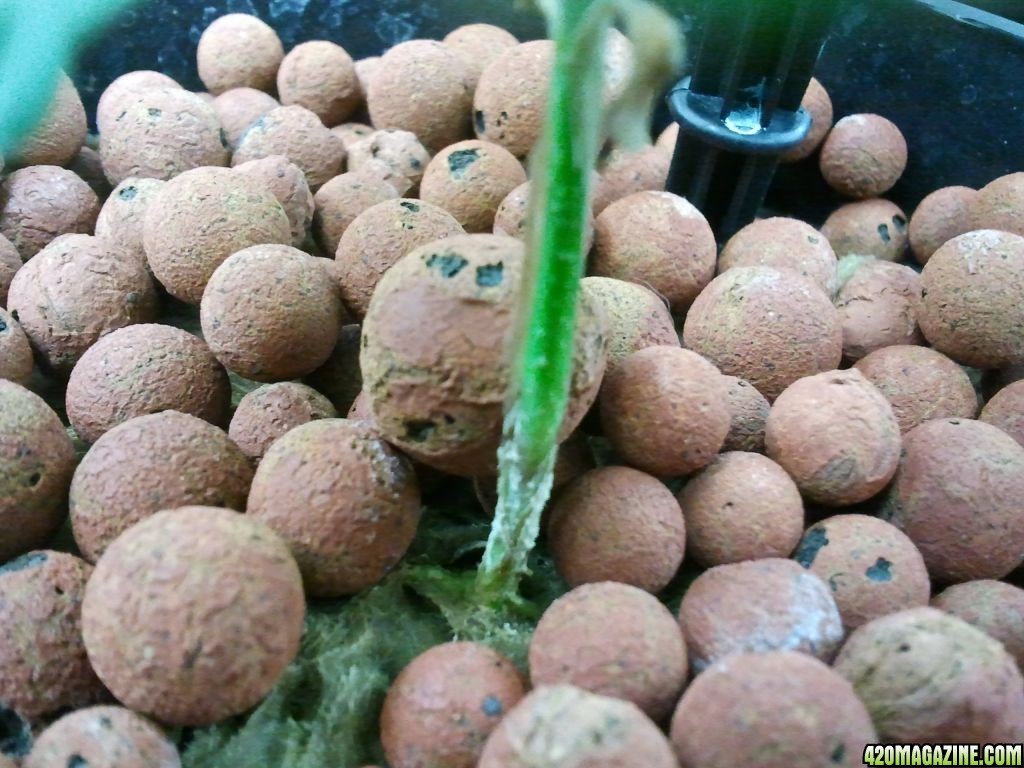
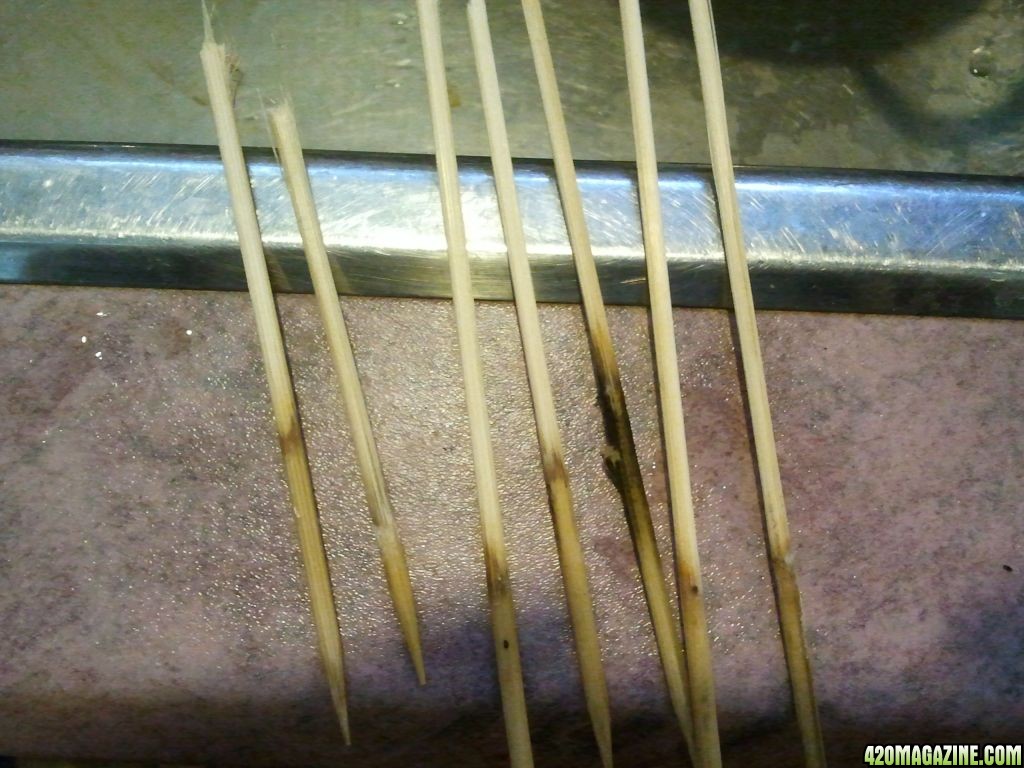
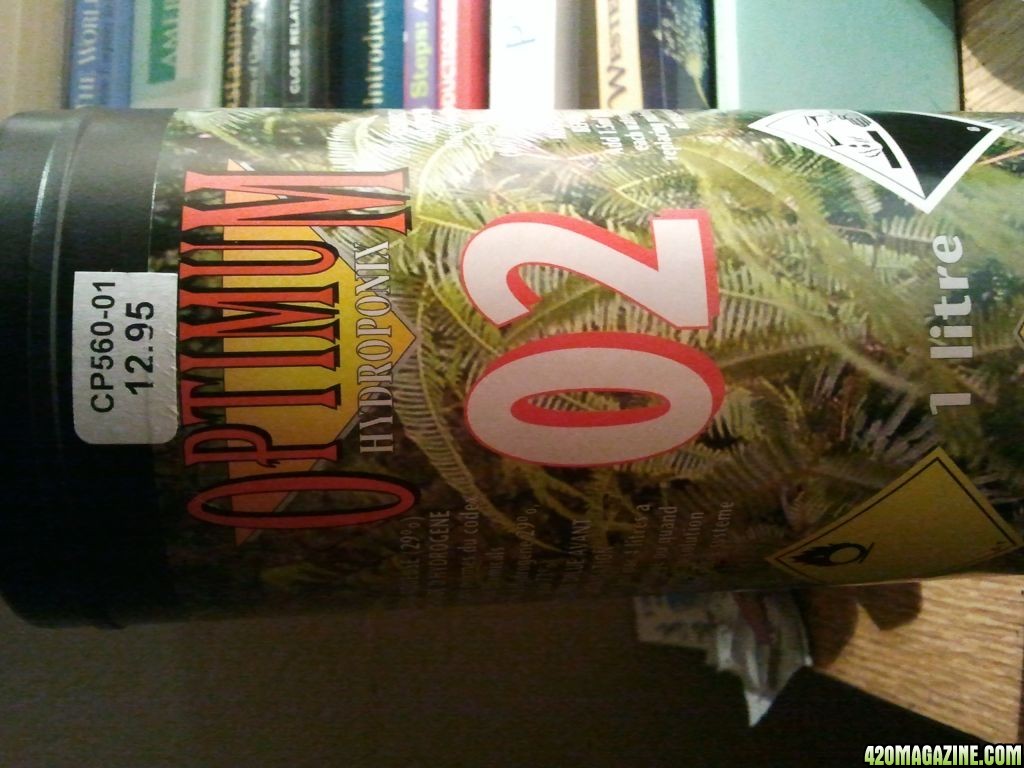
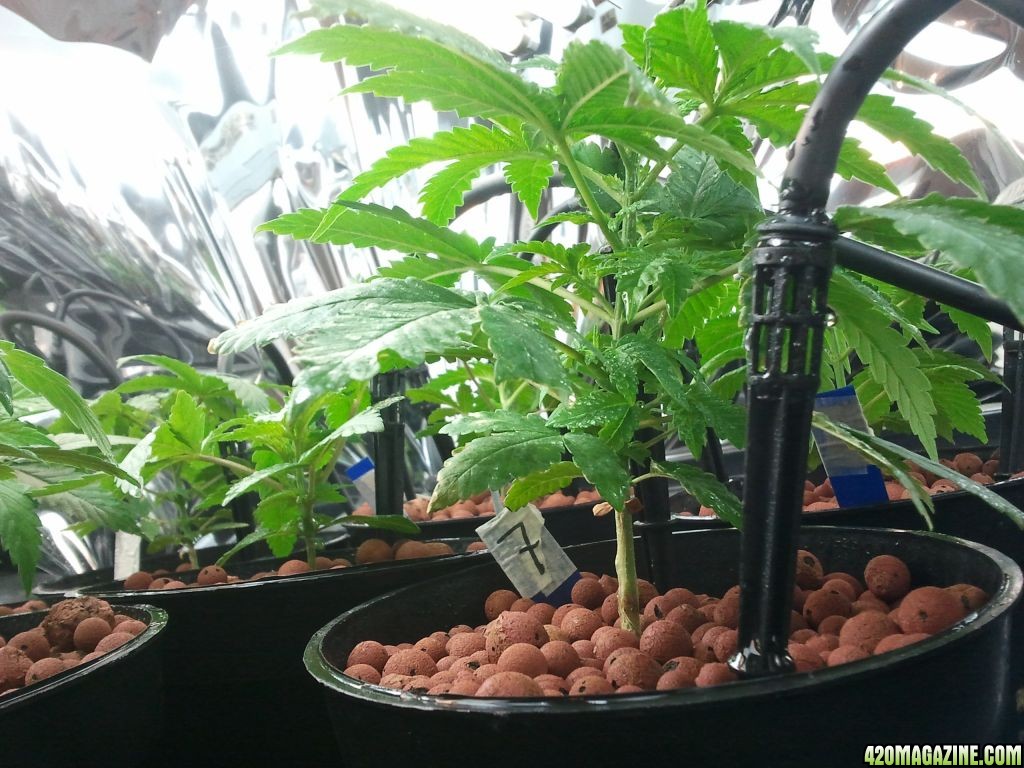
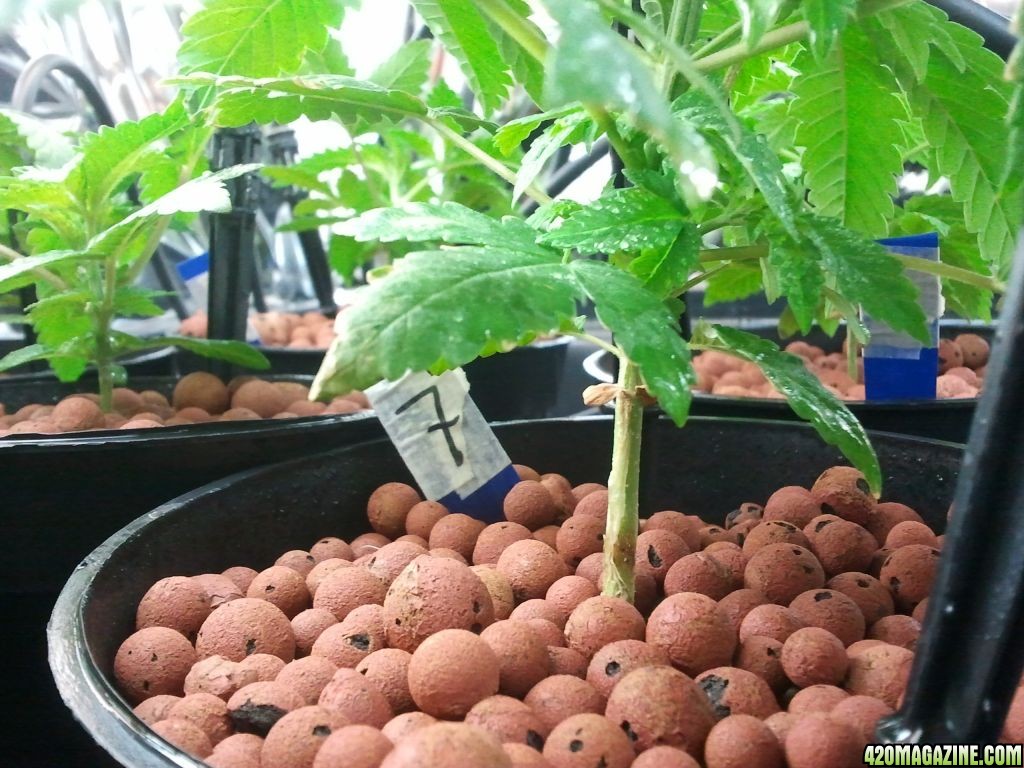
 after 2 weeks of fighting I had to give up the ghost. Then 2 small plants about 3 weeks into veg got it.
after 2 weeks of fighting I had to give up the ghost. Then 2 small plants about 3 weeks into veg got it.